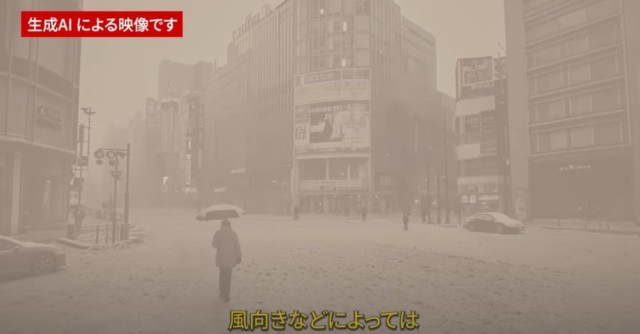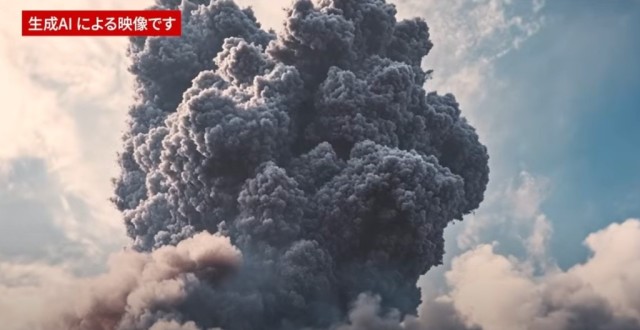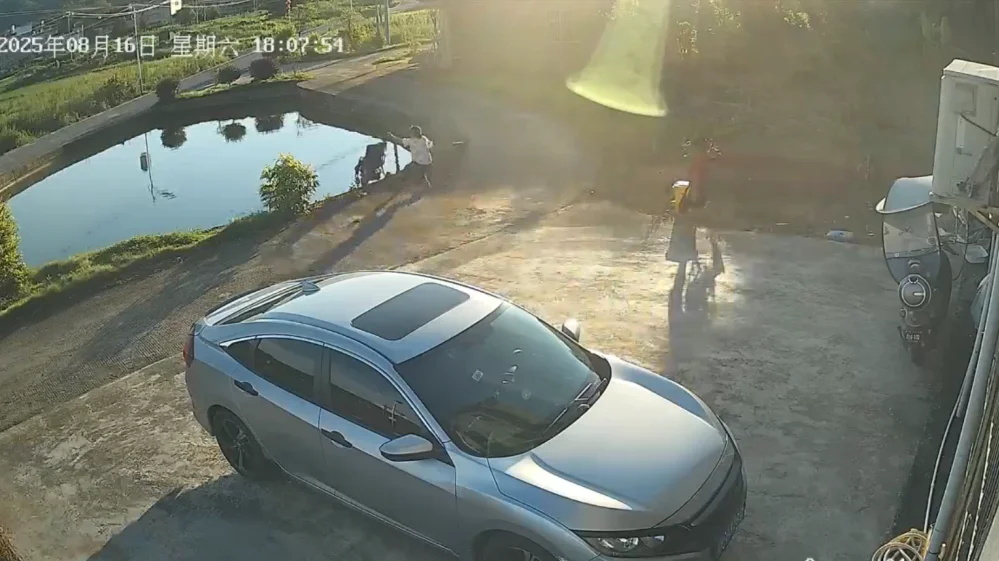In a proactive move to heighten public awareness of potential volcanic disasters, the Tokyo Metropolitan Government has released a new AI-generated video simulating the catastrophic impacts of a Mount Fuji eruption. The simulation, a first of its kind for the government, depicts how volcanic ash could paralyze the capital and severely disrupt daily life, urging citizens to prepare for the inevitable.

The three-minute video, made public on “Volcano Disaster Prevention Day,” illustrates the potential fallout of an eruption on the scale of the 1707 Hoei eruption, Mount Fuji’s last major event. It shows how, within hours, a thick blanket of volcanic ash could engulf Tokyo, darkening the skies and bringing transportation networks to a halt. The simulation highlights specific scenarios, such as vehicles struggling to navigate intersections, power lines collapsing, and widespread power and communication outages.
According to the simulation and accompanying government reports, volcanic ash poses significant health and societal risks. Its fine, jagged particles can cause respiratory and eye irritation, while an accumulation of even a few centimeters can render roads impassable for vehicles and bring air and rail travel to a standstill. Experts note that a prolonged ashfall could lead to shortages of essential goods, as logistics and food distribution are severely disrupted. The video emphasizes the need for residents to have a two-week supply of food and water, in line with recently issued government guidelines.

While there are no signs of an imminent eruption, Mount Fuji is classified as an active volcano. Volcanologists and government officials stress that its current 300-year period of dormancy is unusual and that an eruption will occur again. By using generative AI, officials hope to make the abstract concept of a volcanic disaster more concrete and relatable for the public, encouraging them to take preparedness measures seriously.
